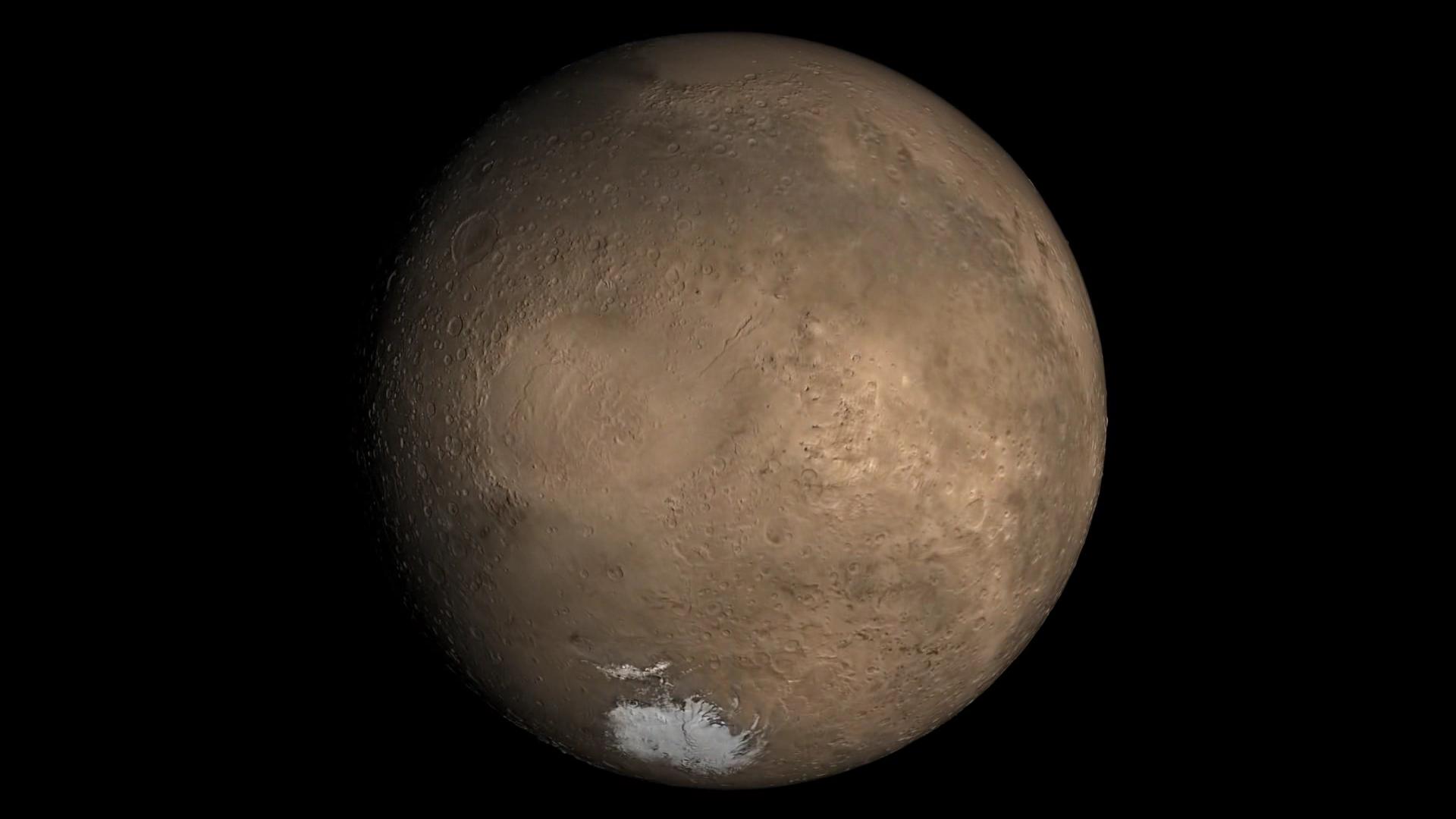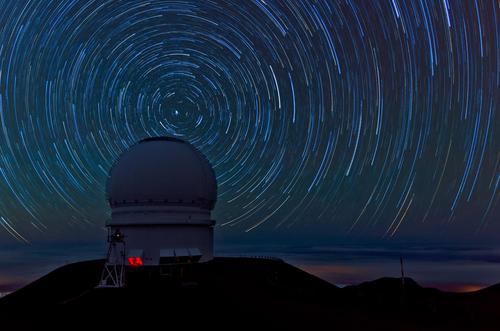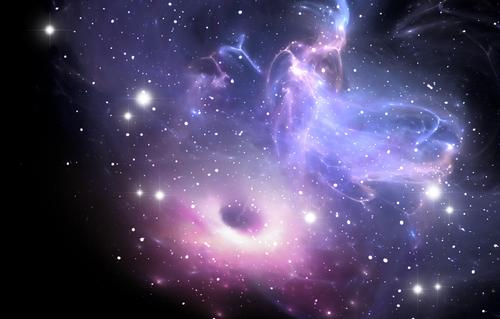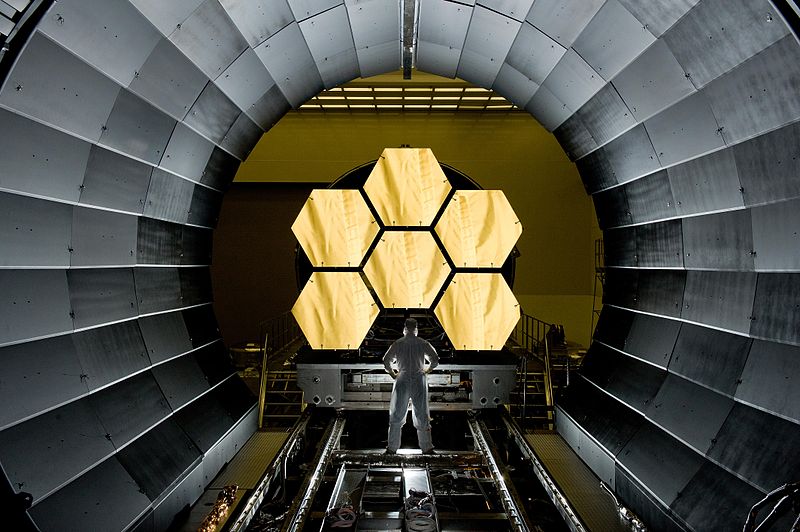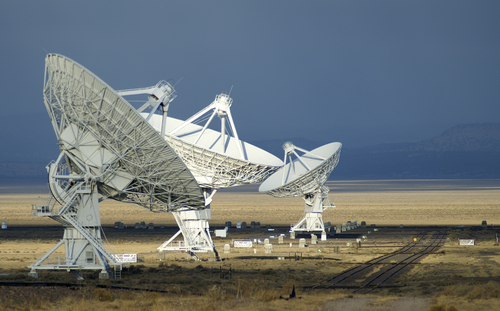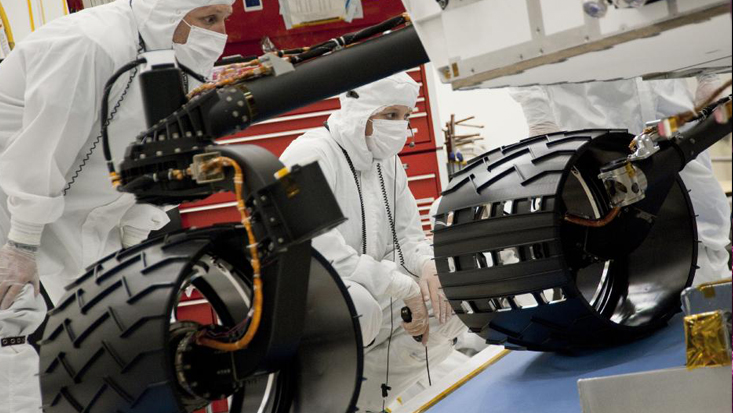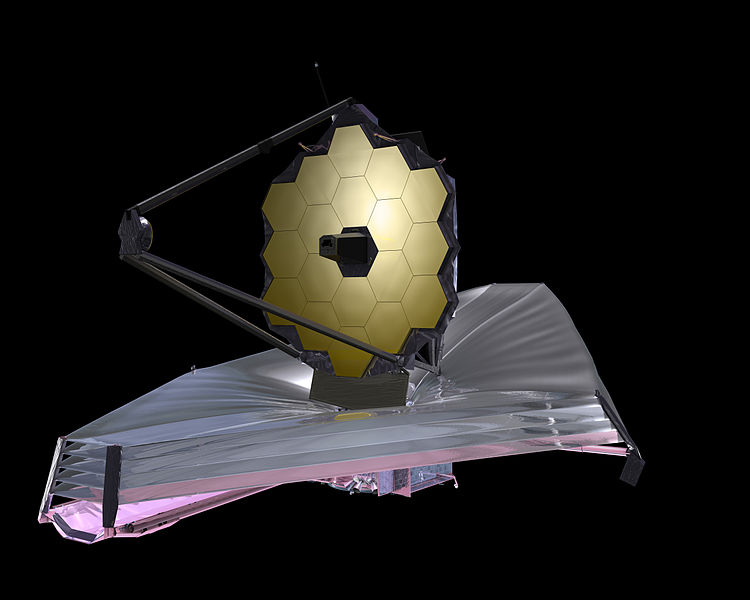For the first time ever, scientists have watched two spiral galaxies collide, demonstrating how elliptical galaxies form and how black holes can rapidly drain their star-making potential.
Search Results
You searched for: Telescope
The Red Planet will be the closest distance to Earth in over two years tonight in an event called The Mars Opposition. That means martian features and polar caps will […]
The Hubble Space Telescope has confirmed that a distant planet discovered in 2009 is largely composed of water. Its physical attributes could mean an exotic mix of elements are present.
The Search for Extraterrestrial Intelligence, or SETI, is turning to individual citizen-scientists to help fine-tune its complex algorithms that search for patterns in noise received from space.
Astronomers using the European Southern Observatory’s HARPS telescope have studied over 100 nearby red dwarf stars over the last six years. 40 percent of these common stars were observed to wobble, a […]
Using a unique telescope at New Mexico’s Apache Point Observatory, astronomers are taking detailed digital photos, half a trillion pixels each, to make a 3D map of our amazing Universe.
Two American physicists have put forward a new theory of how the first planets formed which reverses many aspects of the old model left unchanged for nearly 40 years.
In what should be a boom time for alien-oriented astronomers, given NASA’s recent discovery of an abundance of exoplanets, budget crises are holding back new projects that hold promise.
Dr, Michio Kaku: Sadly, the US government will no longer boldly go into space. Its up to private enterprise to now pick up the slack and it appears that is exactly what its doing.
When last we heard from him, experimental philosopher Jonathon Keats was building a celestial observatory for cyanobacteria. From their petri dishes, billions of these microorganisms would study images from the Hubble telescope, coming to conclusions unavailable to our more highly developed brains. Months later, they’re still at it, and we can barely begin to imagine what they are thinking.
The near earth asteroid 2012 DA14 discovered last year is not going to hit Earth next year, scientists say. Phew. And yet, it will still be coming in way too close for comfort, raising the question of how prepared we are.
“Nobody is representing anything,” Lucian Freud once said of all art, including his own. “Everything is autobiographical and everything is a portrait, even if it’s a chair.” Elsewhere, the grandson […]
Just in time for the holidays, the Hubble Space Telescope has delivered an amazing view of a cosmic event that is being called the “Holiday Snow Angel.” The image captures […]
Building on work of the Kepler mission, which has discovered Earth-sized exoplanets, NASA is funding three new projects that will carry our search for habitable worlds even further.
The Search for Extraterrestrial Intelligence is again combing space for radio signals broadcast by other intelligent life. To overcome its budget problems, it will share telescopes with the Air Force.
The James Webb Telescope has become a political football since it, predictably, has run over time and budget. Why can’t N.A.S.A. and Congress do better financial planning?
If you don’t like the weather in New England, wait a minute. So goes the saying that is loosely attributed to Mark Twain. The same cannot be said of the […]
Scientists have discovered the smallest exoplanets yet known, and both represent the closest we have come to finding Earth’s twin. Using NASA’s Kepler telescope, researchers at the Harvard-Smithsonian Center for […]
The world’s largest array of radio telescopes may soon be awarded to South Africa. Besides revolutionizing our knowledge of the cosmos, the project could spark a scientific renaissance.
In each generation, our most brilliant thinkers lay the foundations on which lesser lights will build a new, bloated bureaucracy of the mind. Can experimental philosopher Jonathon Keats help us break the cycle?
What’s the Big Idea? Does Kepler-22b really exist? Is there life on this planet? Could we inhabit it? How would we get there? These are a few of the many […]
The world’s most expensive and complex ground-based telescope Atacama Large Millimeter/submillimeter Array (ALMA) has just offered its unique views of deep space, including images of two galaxies colliding, here:
The world’s most expensive and complex ground-based telescope Atacama Large Millimeter/submillimeter Array (ALMA) offers unique views of deep space, including images of two galaxies colliding.
▸
with
Using the powerful Herschel Space Telescope, scientists have found evidence that the water in Earth’s oceans could have been delivered by comets rather than asteroids.
NASA’s planet-hunting Kepler space observatory has already identified more than 1,200 planetary candidates and tomorrow NASA will announce a new discovery by it.
My August 20th blog entry, “MARS Updates Including The Curiosity Rover, The Flow of Liquid Water and Possible Manned Missions” mentioned that NASA was preparing to launch its latest Mars […]
If we could talk to the animals, we might gain insight into what it means to communicate with an extraterrestrial species.
The “democratization” of space, including more involvement of amateur astronomers, is underway thanks to a ballooning and publicly accessible global astronomical database.
Fearing budget cuts, N.A.S.A. chief Charlie Bolden told Congress that the next-generation space telescope has greater potential for discovery than the iconic Hubble Space Telescope.
Major scientific endeavors like space exploration require decades of planning and funding sources that can weather economic downturns. Will the results of the Google Lunar X Prize competition stand that assumption on its head?

